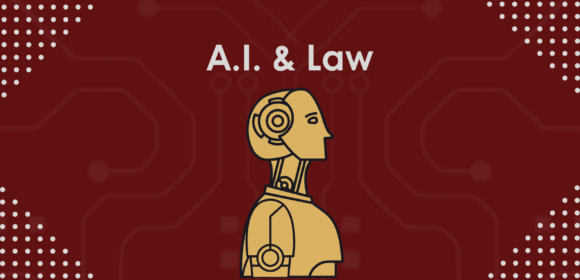On October 8th, 2024, John Hopfield and Geoffrey Hinton were awarded the Nobel Prize in Physics for “foundational discoveries and inventions that enable machine learning with artificial neural networks.”
Their accomplishments signify the exponential advancement of Artificial Intelligence, or A.I., in the modern world.
With this unprecedented breakthrough, many fields of study and work have pondered the effects that A.I. will have on their respective sectors of expertise. The field of American Law is no different.
The technology proves to have many benefits that law offices should consider. One of the primary examples of this is the time saved on legal work. For example, as many practicing lawyers know, the composition of legal documents – such as contracts, deeds, or affidavits — is a time-consuming, labor-intensive process, even if attorneys have templates on hands.
When used as a tool, A.I. can automate the routine task of drafting a contract, significantly reducing the time that’s normally needed. With this newfound additional time, lawyers will have more freedom to utilize their own skills – strategic implementation, advising clients, etc. – a luxury that is often appreciated when working with notable time constraints.
But with the many benefits that Artificial Intelligence provides, there are also many drawbacks that lawyers should be aware of. While A.I. can be a useful tool, law offices should be cautious of over-relying on it. Without proper editing from a pair of cognitive, human eyes, the technology can make significant mistakes – including fabricating court cases, misinterpreting legislature, or even just simple grammar mistakes.
Work produced by A.I., especially sensitive and detailed work such as legal documentation, requires diligent and thorough run-throughs by lawyers to catch these errors.
Though with this drawback (in addition to others not mentioned), A.I. can still prove beneficial to a law firm looking to save time as long as they do their part to ensure its work is accurate, correct, and finalized.





